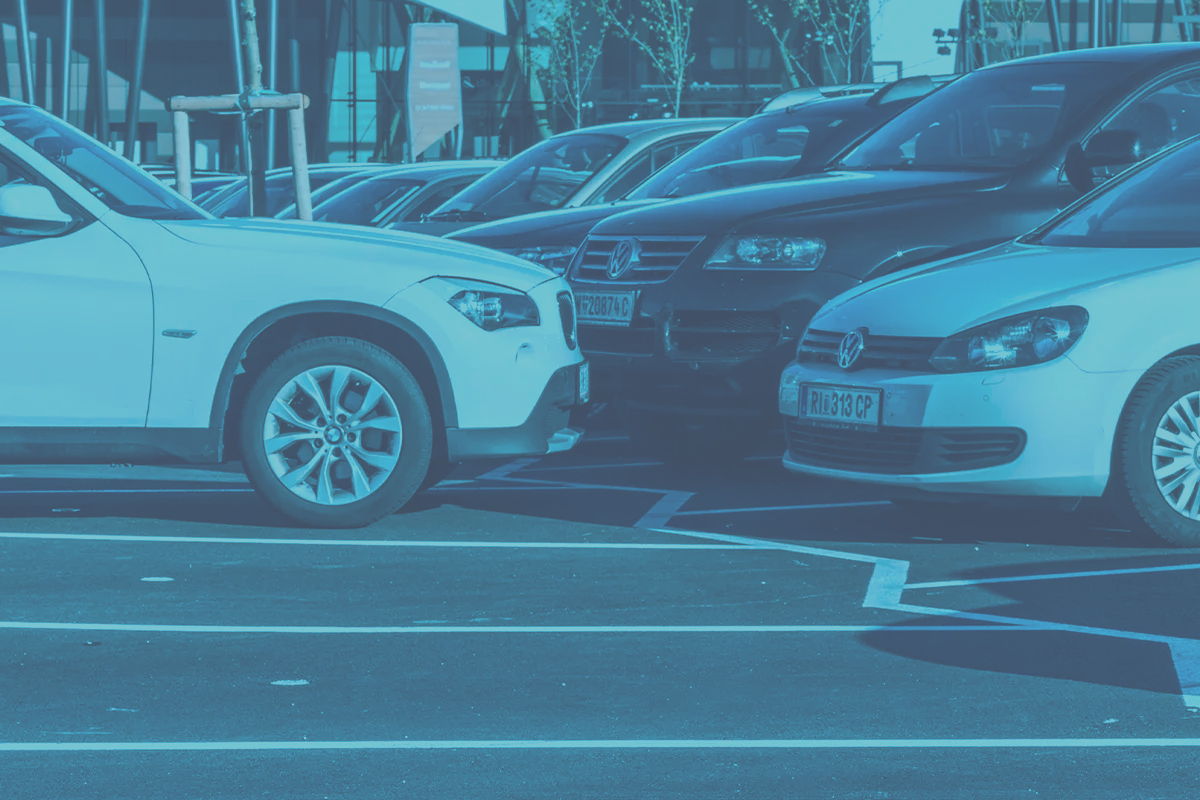Cities are expanding day by day and, as a result of this growth, it is common to find urban centers congested by traffic, with a lack of parking spaces and high levels of environmental pollution if no measures are taken. For years now, large cities have begun to adopt a more comprehensive vision of urban mobility, optimizing, among other things, the use of available spaces through intelligent guidance solutions capable of reducing parking search time and the frustration that this can generate for drivers.
This transition to more sustainable cities through the implementation of smart parking technologies, such as pavement-integrated sensors to monitor the condition of the parking space or detection software based on the processing of images captured in real time by cameras, have proven to be efficient short-term initiatives that help address both these problems and improve the quality of life of citizens.
Traffic reduction
One of the main benefits of intelligent guidance solutions that also help to reduce environmental pollution is the reduction of urban traffic. Thanks to the real-time information that these systems provide, drivers can quickly locate available parking spaces in the area and go directly to them. This solution helps to reduce traffic congestion on the streets caused by prolonged searches and thus minimize the emission of consequent polluting gases such as carbon dioxide (CO2) and nitrogen oxides (NOx). Drivers can access guidance information through mobile applications or signage panels located at strategic points.
According to studies, approximately 30% of traffic in urban areas is made up of vehicles looking for a parking space. The time wasted and energy consumed increases driver frustration while at the same time having a negative impact on air quality and thus contributing to both air pollution and climate change.
In addition, by reducing the need for drivers to circulate in search of empty spaces, intelligent parking systems help reduce the risk of collisions and collisions due to sudden maneuvers while drivers are looking for parking spaces. This factor improves safety in urban centers, giving both drivers and pedestrians peace of mind.

Urban parking guidance
Efficiency in the use of the seats
Parking spaces have become an increasingly scarce resource due to population growth in large cities and the transformation of urban areas into more sustainable environments. Many are converting parking lots into green spaces, public parks, bike paths and public transportation routes in response to concerns about environmental pollution and the intention to implement more environmentally responsible practices and improve the quality of life for residents.
Algorithms integrated into smart parking systems are able to optimize the use of available parking spaces in urban areas, increasing capacity by identifying patterns of use and mobility trends that allow for more sustainable urban planning adapted to the needs of the city.
Both drivers and administrators benefit from this solution. By understanding how parking areas are used, authorities can make informed decisions when allocating resources, such as designating areas for loading and unloading or for people with disabilities, and implementing mobility policies to improve traffic flow. They can also identify underutilized parking spots that can be transformed into more beneficial spaces for the community.
These systems can also help to regulate and control the use of parking spaces, reducing the problem of undue occupation of spaces and increasing the rotation and availability of free spaces. This parking control helps to create more orderly and accessible urban environments for citizens.
Promotion of alternative transportation
Through the use of park-and-ride parking areas, smart parking systems also promote sustainable mobility in cities by encouraging access to the city center without the need to use one’s own vehicle. By using more environmentally friendly forms of transport, such as public transport or cycling, these parking areas located on the periphery offer a direct connection to the city core, thus avoiding traffic congestion on the main streets.
Intelligent parking systems make it easier for drivers to reach free spaces quickly and easily. In addition to significantly reducing the time spent searching for parking, it allows them to enjoy a smoother travel experience.
The promotion of alternative transportation through these park-and-ride areas has a positive impact on the environment and the quality of life in the city, reducing both the environmental and noise pollution that main streets often suffer from.
At Urbiotica, we know that advanced technologies such as those integrated in our smart parking systems can improve the quality of life of the inhabitants of large cities. Our solutions are designed to adapt to the needs of each city, promoting sustainable mobility and improving air quality in urban areas by reducing the carbon footprint of the urban center.
Through its ability to reduce traffic congestion caused by prolonged searches for parking, optimize the use of available spaces, and promote the use of alternative transport to access the city center, smart parking helps reduce air pollution and contributes to the transformation of large urban centers into cleaner and healthier environments.